Venice’s Jewish Ghetto History
If you were asked, “Who started Jewish discrimination?” would you say Hitler, or maybe the Nazis? Both the answers are, in fact, wrong. When I learned Jews have been persecuted for centuries past, I was very surprised. I thought anti-Semitism was a concept Hitler came up with to solve Germany’s problems in WWII, just another of his crazy, infamous schemes.
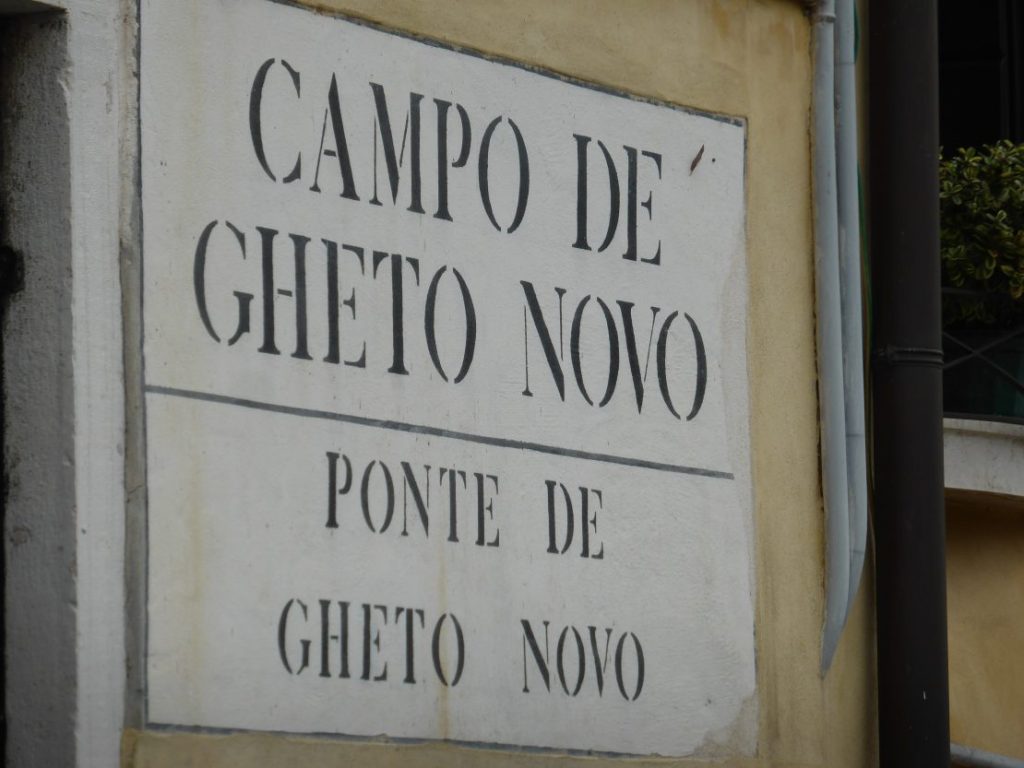
Another surprise was that Venice, not Germany, is the home of the world’s oldest ghetto. Jews in Venice were discriminated against for centuries. Back in 1516, four thousand Jews were forced to live in a ghetto the size of two and a half city blocks. Gates around the ghetto were locked at night, and the Jews lost what few freedoms they had. Besides that, they also faced job restrictions. Jewish people could only lend money, practice medicine, trade in textiles or own pawn shops.
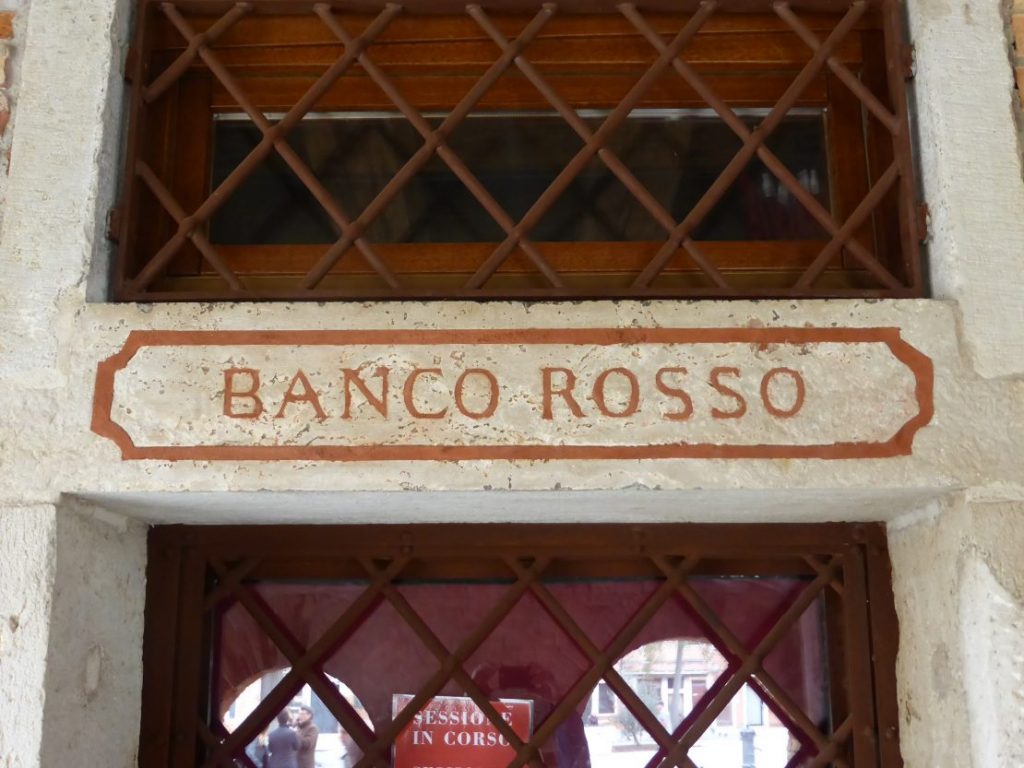
However, even in the midst of their discrimination, the Jews were allowed to lend money. The Jewish people were wise with their money, and therefore, had money to lend. I find it ironic that even though the Jews had more money, they were still persecuted and treated lower than the rest of the city.
Venice’s Jewish Ghetto Today
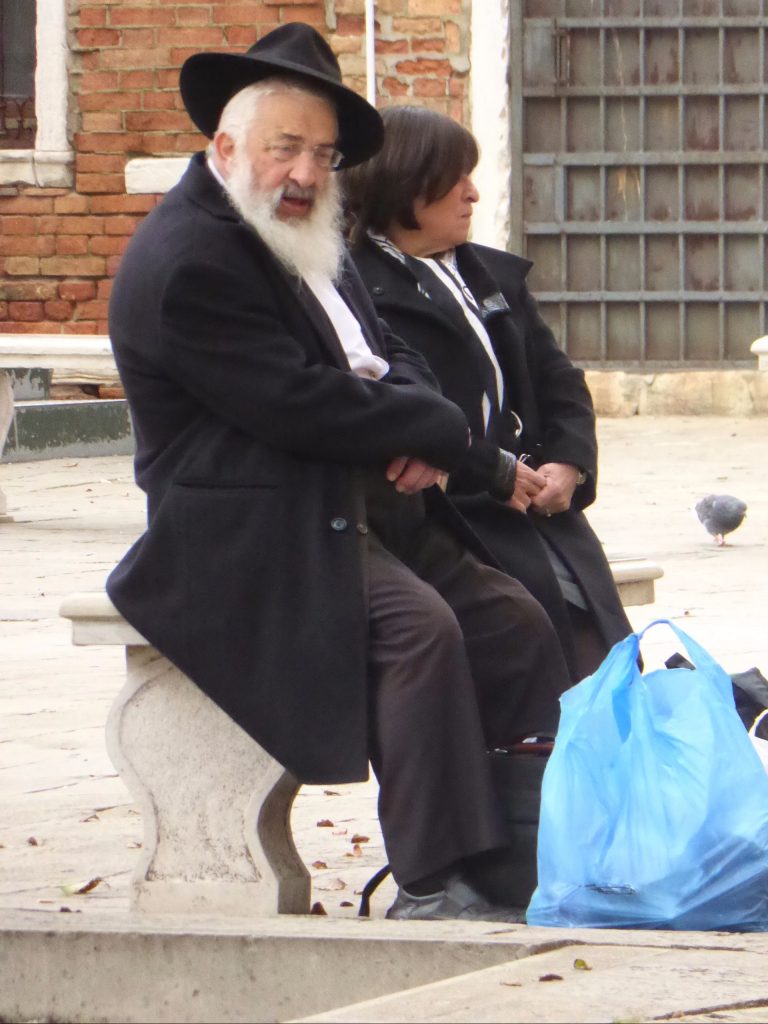
Today, Jewish people still reside in the ghetto, by choice of course, and live together in a community. Men still walk around in their kippahs and families gather in Jewish restaurants for meals. When you look at the buildings you can still see what it was like years ago—cramped windows in worn buildings housing more people than they should. It is awful to think one group of people was treated so poorly for centuries, and many still are today.
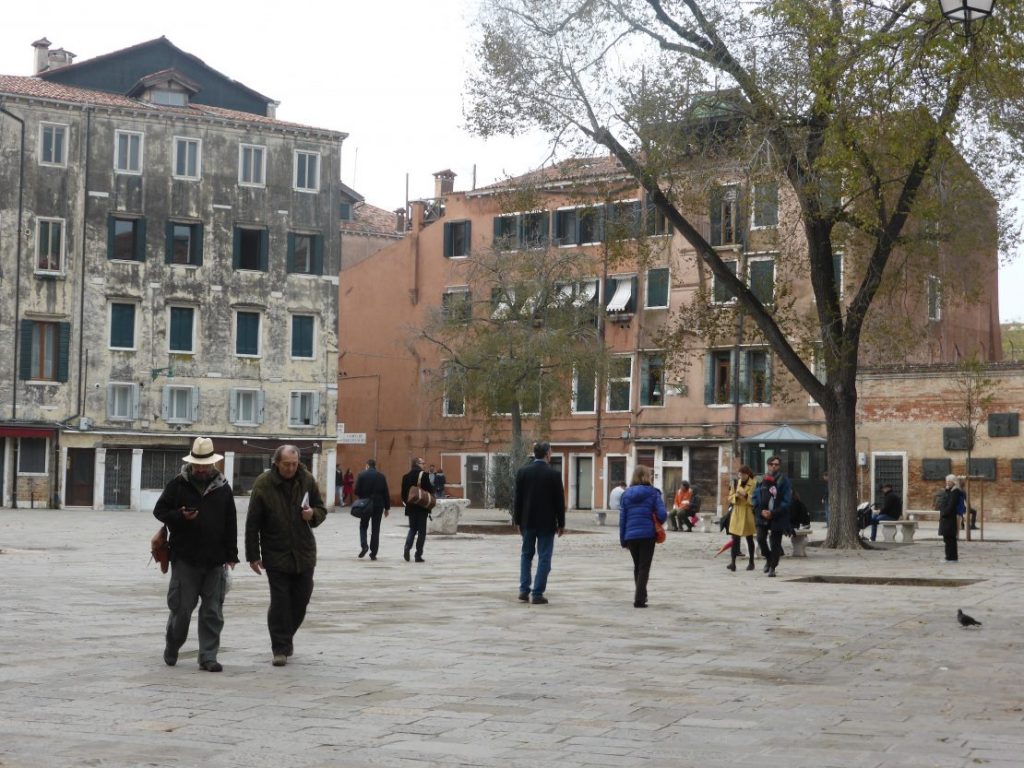
Around the edge of the ghetto is art depicting Jews being shoved into cattle cars by Nazi soldiers. The artwork is in remembrance of those who lost their lives during the Holocaust. Wooden boards have the names and ages of all the murdered Jews inscribed on them. Two hundred eighty-nine Jews were taken from the Venice ghetto to concentration camps during WWII. Only seven returned.
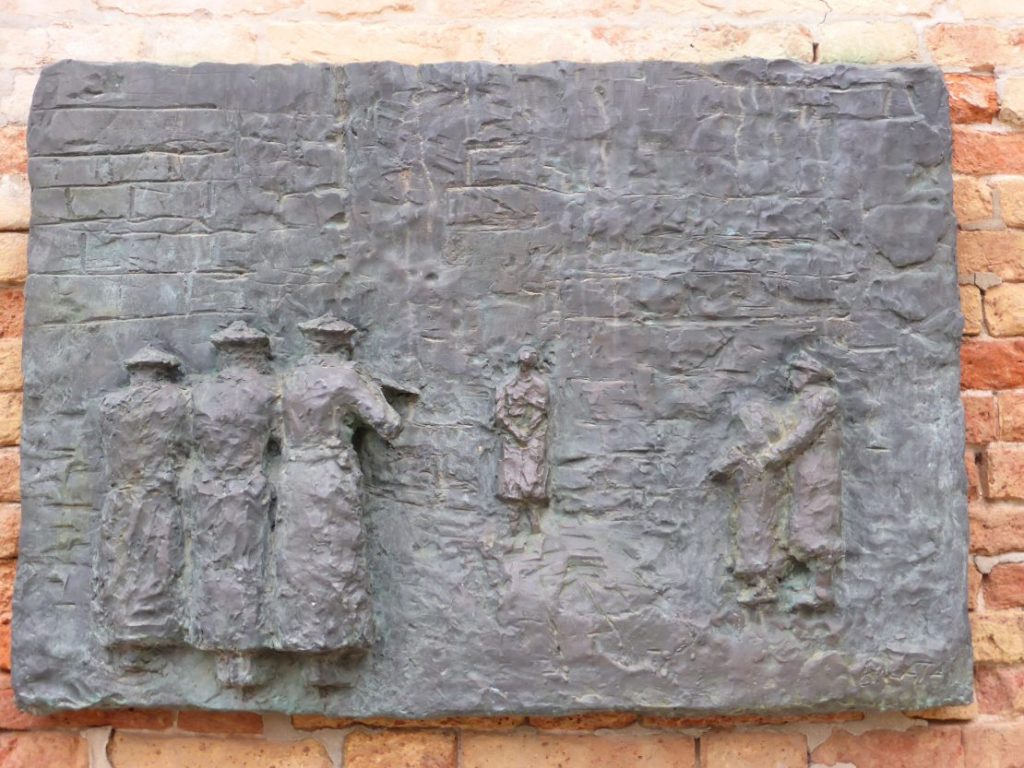
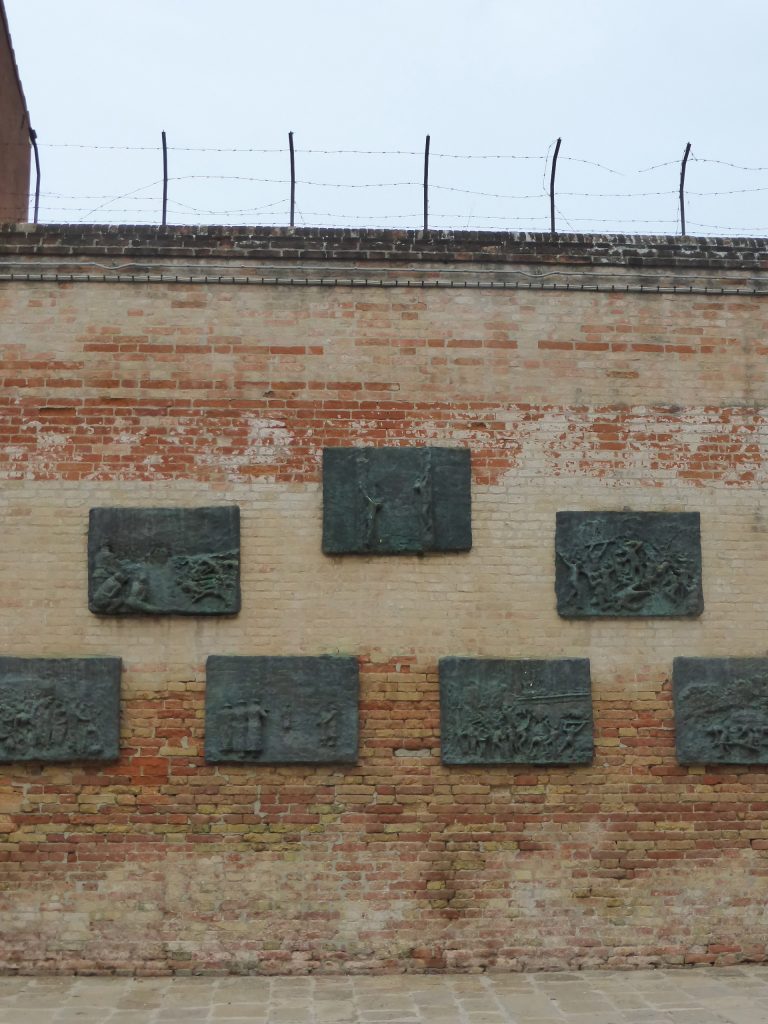
Coincidently, my 8th grade English class plans to read the play, The Merchant of Venice, in the spring. William Shakespeare wrote the play sometime between 1596 and 1598 and is about a wealthy Jewish moneylender, Shylock, in Venice. Shylock was later used as a face for propaganda by the Nazis.
Even though Venice is known for its canals and gondola rides through the city, there is much more to it than that. People often look past the discrimination of Jews in Italy, sympathizing with only the German Jews. Racism goes back centuries and the ghettos help us remember past mistakes, so hopefully we do not repeat them in the future.
For tips on planning your family’s visit to Venice, be sure to read: Venice: 15 Must Do’s with Kids.
To learn more about a tragedy from the Vietnam War, read Kim Phuc: Vietnam War’s Napalm Girl.
Ready to explore the world? Then check out THE PASSPORT PROJECT and THE ULTIMATE TRAVEL TRACKER to inspire and manage your wanderlust.


Let’s see if this changed the sign in..
Sanderlin
Yes! Perfect.
Brings a little bit of Milkweed, by Jerry Spinelli to life. Such a great experience.
Well-written post…actually anti-semitism here in Italy dates back over 1500 years and is linked to the Roman adoption of Christianity as a form of historical amnesia related to the history of Hebrew slavery in their Empire and colonies. Well, that’s the reductionist overview. But the Jewish community in Rome still faces daily discrimination. I hope you have a chance to visit the south as well as the north, and see for yourself. Buon viaggio, otherwise.
Thank you for commenting on my daughter’s post! As Christians we are very aware that the Jews have been persecuted worldwide for thousands of years. I think it was eye-opening for my daughter to connect the dots to that persecution when she realized that Hitler was neither the beginning nor the end to the Jews’ story.
Great story and photos Delaney, I am learning history. Hope you all are having a great time. We think of you often! Travel safe and enjoy!